-
 Bitcoin
Bitcoin $117500
2.15% -
 Ethereum
Ethereum $3911
6.19% -
 XRP
XRP $3.316
10.79% -
 Tether USDt
Tether USDt $1.000
0.01% -
 BNB
BNB $787.2
2.24% -
 Solana
Solana $175.2
4.15% -
 USDC
USDC $0.9999
0.00% -
 Dogecoin
Dogecoin $0.2225
8.40% -
 TRON
TRON $0.3383
0.28% -
 Cardano
Cardano $0.7868
6.02% -
 Stellar
Stellar $0.4382
9.34% -
 Hyperliquid
Hyperliquid $40.92
7.56% -
 Sui
Sui $3.764
7.63% -
 Chainlink
Chainlink $18.48
10.66% -
 Bitcoin Cash
Bitcoin Cash $582.1
1.88% -
 Hedera
Hedera $0.2601
6.30% -
 Avalanche
Avalanche $23.33
4.94% -
 Ethena USDe
Ethena USDe $1.001
0.02% -
 Litecoin
Litecoin $122.3
2.04% -
 UNUS SED LEO
UNUS SED LEO $8.969
-0.27% -
 Toncoin
Toncoin $3.339
0.86% -
 Shiba Inu
Shiba Inu $0.00001287
4.30% -
 Uniswap
Uniswap $10.43
7.38% -
 Polkadot
Polkadot $3.861
5.08% -
 Dai
Dai $1.000
0.02% -
 Bitget Token
Bitget Token $4.513
3.41% -
 Monero
Monero $267.7
-6.18% -
 Cronos
Cronos $0.1499
4.14% -
 Pepe
Pepe $0.00001110
5.15% -
 Aave
Aave $284.9
8.28%
What is Cardano's staking mechanism?
By staking Cardano, ADA holders can earn rewards, support network security, and generate passive income while benefiting from Cardano's secure Proof-of-Stake mechanism.
Feb 16, 2025 at 09:48 pm
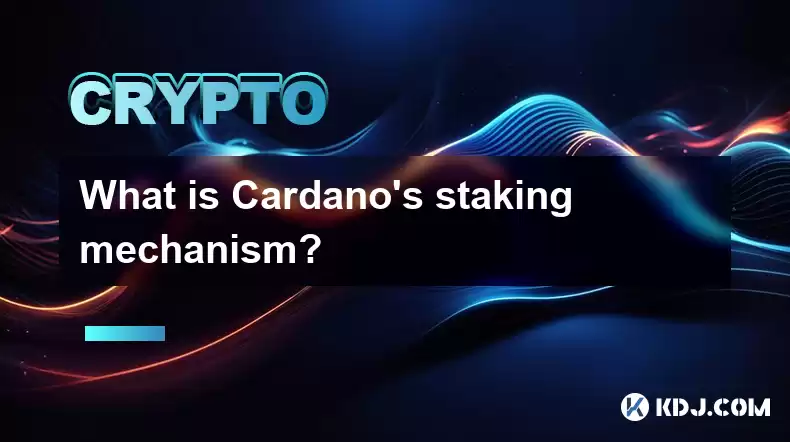
Key Points:
- Cardano's Staking Process
- Benefits of Staking Cardano
- Steps to Stake Cardano
- Selecting a Staking Pool
- Calculating Rewards
- Security Considerations
- FAQs on Cardano Staking
Cardano's Staking Mechanism
Cardano's Proof-of-Stake (PoS) consensus mechanism, known as Ouroboros, enables ADA holders to participate in the network's operation by staking their coins. This process involves delegating ADA to a staking pool operated by pool owners, who are responsible for validating transactions and creating new blocks.
Benefits of Staking Cardano
- Earning Rewards: Stake pool operators receive rewards for their contributions to the network, which are then distributed to delegators based on their staked amount.
- Supporting Network Security: Stakers help secure the Cardano blockchain by deterring malicious actors who may attempt to manipulate the network.
- Passive Income: ADA holders can generate passive income without having to actively trade or manage their coins.
Steps to Stake Cardano
- Set Up a Cardano Wallet: Choose a reputable wallet that supports Cardano staking, such as Daedalus, Yoroi, or Binance.
- Acquire ADA: Purchase ADA from an exchange or use an existing balance in your wallet.
- Choose a Staking Pool: Research and select a staking pool based on criteria such as performance, operator reputation, and fees.
- Delegate Your ADA: Send your ADA to the address provided by the selected staking pool.
- Monitor Your Rewards: Regularly check your wallet to track your staking rewards.
Selecting a Staking Pool
- Performance: Choose pools with high block production rates and low missed blocks.
- Operator Reputation: Research pool operators for their experience and reliability.
- Fees: Pools may charge a small fee for their services.
- Size: Consider the potential impact of your stake on the pool's rewards.
Calculating Rewards
Cardano's staking rewards are based on a number of factors, including:
- Epoch Length: Each epoch typically lasts for five days, during which blocks are added to the blockchain.
- Pool Performance: Pools that produce more blocks earn more rewards.
- Delegated Amount: The larger the stake you delegate, the greater your potential rewards.
- Pool Margin: The operator's fee, which is deducted from the pool's rewards.
Security Considerations
- Wallet Security: Choose a safe and secure wallet to store your ADA.
- Pool Selection: Thoroughly research staking pools before delegating your funds.
- Backup: Keep a backup of your wallet in case of any unforeseen events.
FAQs on Cardano Staking
Q: What is the minimum amount of ADA required to stake?
- A: 10 ADA is the minimum amount required to stake in a pool.
Q: How often do I receive rewards for staking?
- A: Rewards are distributed at the end of each epoch, typically every five days.
Q: Are there any risks involved in staking Cardano?
- A: Staking does not pose any risk to your ADA itself, but there are potential risks associated with choosing a malicious or underperforming staking pool.
Q: How can I withdraw my staked ADA?
- A: You can withdraw your ADA from the staking pool at any time. However, there may be a waiting period before your funds are released.
Q: Is staking Cardano a good investment?
- A: The potential returns on staking Cardano vary depending on pool performance and market conditions. However, it can be a relatively low-risk way to generate passive income from your cryptocurrencies.
Disclaimer:info@kdj.com
The information provided is not trading advice. kdj.com does not assume any responsibility for any investments made based on the information provided in this article. Cryptocurrencies are highly volatile and it is highly recommended that you invest with caution after thorough research!
If you believe that the content used on this website infringes your copyright, please contact us immediately (info@kdj.com) and we will delete it promptly.
- Tron's Sell-Off Spurs Altcoin Shift: What's Next for TRX?
- 2025-08-08 08:30:12
- RUVI Presale: Is the Growth Potential Real?
- 2025-08-08 09:10:12
- Sleep Token's US Takeover: Thornhill Rides the 'Even In Arcadia' Wave
- 2025-08-08 08:30:12
- FTT Token's Wild Ride: Creditor Repayments vs. Market Drop - A New Yorker's Take
- 2025-08-08 07:10:12
- Floki Crypto Price Prediction: Riding the Robinhood Rocket or Just a Meme?
- 2025-08-08 07:15:12
- EigenLayer, Restaking, and Ethereum: Navigating the Hype and the Hazards
- 2025-08-08 06:30:12
Related knowledge

Where can I buy UMA (UMA)?
Aug 07,2025 at 06:42pm
Understanding UMA and Its Role in Decentralized FinanceUMA (Universal Market Access) is an Ethereum-based decentralized finance (DeFi) protocol design...
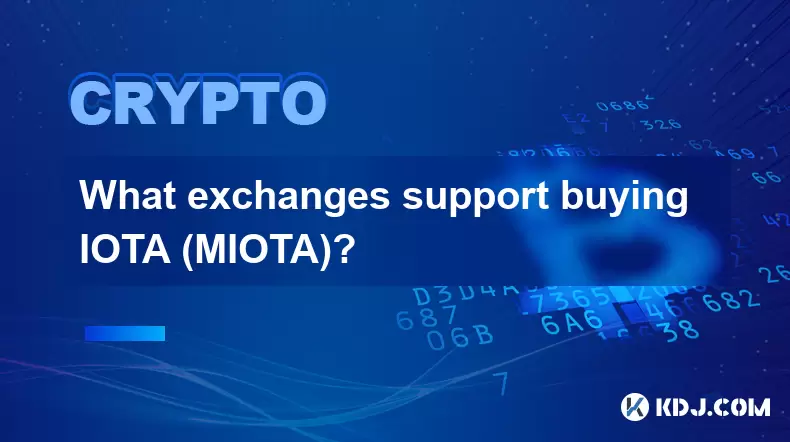
What exchanges support buying IOTA (MIOTA)?
Aug 07,2025 at 09:58pm
Understanding the Role of Private Keys in Cryptocurrency SecurityIn the world of cryptocurrency, private keys are the cornerstone of ownership and con...
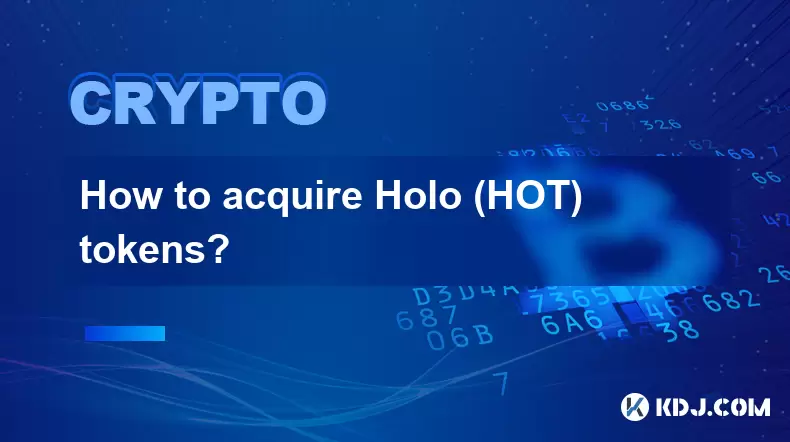
How to acquire Holo (HOT) tokens?
Aug 08,2025 at 05:56am
Understanding Holo (HOT) and Its EcosystemHolo (HOT) is a cryptocurrency token associated with the Holo ecosystem, which is built on the Holochain fra...
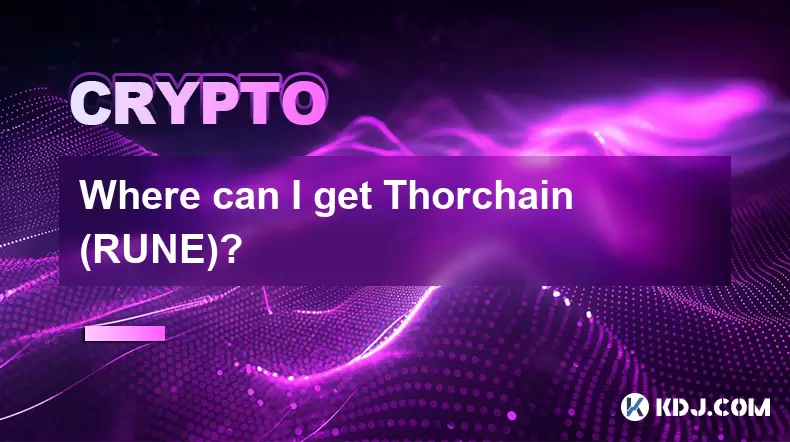
Where can I get Thorchain (RUNE)?
Aug 08,2025 at 08:07am
Understanding the Role of Seed Phrases in Cryptocurrency WalletsA seed phrase, also known as a recovery phrase or mnemonic phrase, is a critical compo...
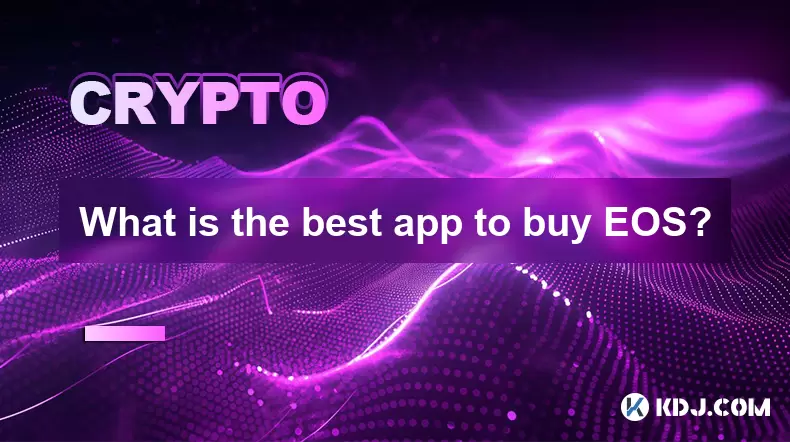
What is the best app to buy EOS?
Aug 07,2025 at 04:35pm
Understanding EOS and Its Role in the Cryptocurrency EcosystemEOS is a blockchain platform designed to support decentralized applications (dApps) with...
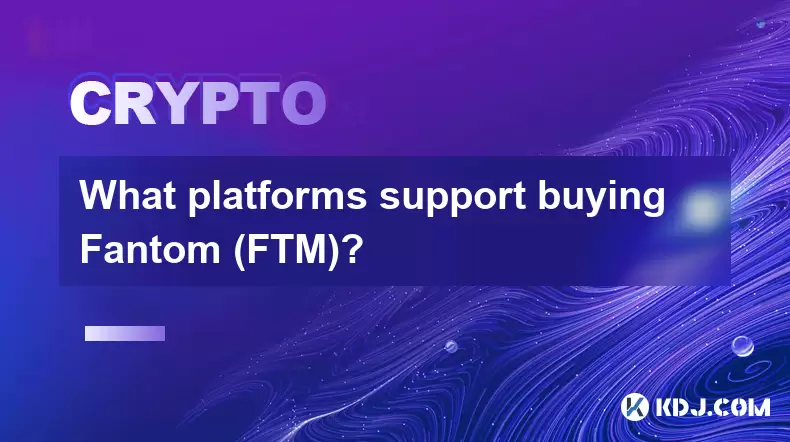
What platforms support buying Fantom (FTM)?
Aug 08,2025 at 01:56am
Overview of Fantom (FTM) and Its EcosystemFantom (FTM) is a high-performance, scalable, and secure layer-1 blockchain designed to overcome the limitat...

Where can I buy UMA (UMA)?
Aug 07,2025 at 06:42pm
Understanding UMA and Its Role in Decentralized FinanceUMA (Universal Market Access) is an Ethereum-based decentralized finance (DeFi) protocol design...

What exchanges support buying IOTA (MIOTA)?
Aug 07,2025 at 09:58pm
Understanding the Role of Private Keys in Cryptocurrency SecurityIn the world of cryptocurrency, private keys are the cornerstone of ownership and con...

How to acquire Holo (HOT) tokens?
Aug 08,2025 at 05:56am
Understanding Holo (HOT) and Its EcosystemHolo (HOT) is a cryptocurrency token associated with the Holo ecosystem, which is built on the Holochain fra...

Where can I get Thorchain (RUNE)?
Aug 08,2025 at 08:07am
Understanding the Role of Seed Phrases in Cryptocurrency WalletsA seed phrase, also known as a recovery phrase or mnemonic phrase, is a critical compo...

What is the best app to buy EOS?
Aug 07,2025 at 04:35pm
Understanding EOS and Its Role in the Cryptocurrency EcosystemEOS is a blockchain platform designed to support decentralized applications (dApps) with...

What platforms support buying Fantom (FTM)?
Aug 08,2025 at 01:56am
Overview of Fantom (FTM) and Its EcosystemFantom (FTM) is a high-performance, scalable, and secure layer-1 blockchain designed to overcome the limitat...
See all articles

























































































